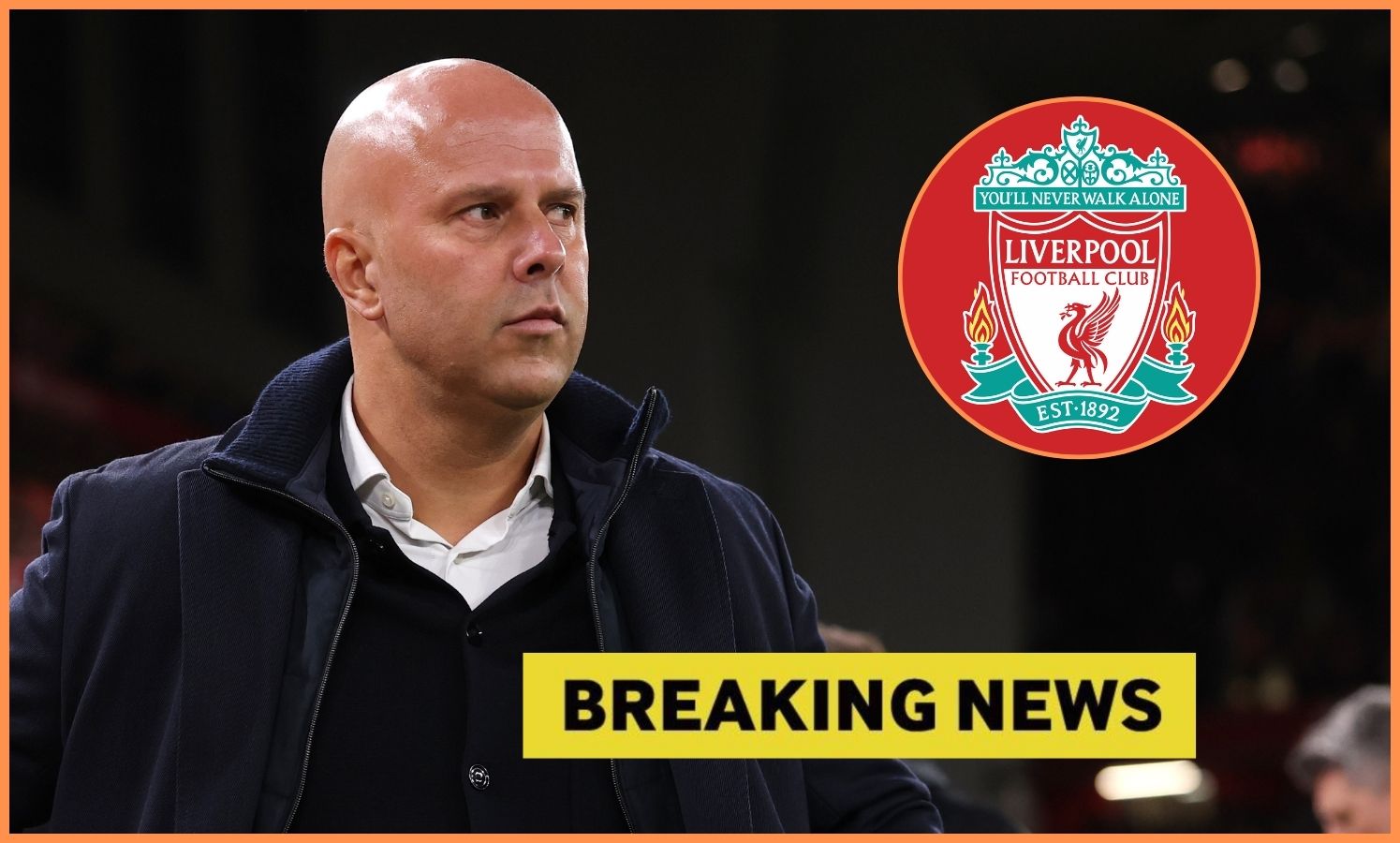[ad_1]
1
Manchester United’s playing style has been a topic of intense debate, with recent comments from football pundits like Gary Neville and Jamie Carragher bringing a sharp focus on Bruno Fernandes.
While Carragher describes him as a “great talent but not a great player,” Neville points to his free role as a hindrance to United’s attack. But is Fernandes truly a misfit in the current United setup?
Let us take a look.
Fernandes’ journey to United is a tale of constant growth and adaptation. His early career in Italy, followed by a standout spell at Sporting CP, saw him evolve into a player of significant influence.
His arrival at Old Trafford in January 2020 marked a turning point for United, with the Portuguese quickly becoming an indispensable asset, especially under Ole Gunnar Solskjaer’s counter-attacking setup.
In Solskjaer’s system, Fernandes flourished.
His ability to launch and connect with pacey forwards like Marcus Rashford became a trademark of United’s play. Fernandes’ vision and knack for delivering killer passes thrived in a system that leveraged fast transitions and direct attacks.
His role as a number 10 was not just about creating chances; it was about exploiting the space and pace in a counter-attacking module.
In his inaugural season, Ten Hag initially leaned towards a counter-attacking approach, a decision that saw Fernandes and Rashford emerge as standout performers.
This style, while effective in the short term, sparked concerns over its long-term sustainability. Fans, familiar with Ten Hag’s Ajax days of dominating possession, anticipated a similar evolution at United.
However, the transition to a possession-based system in his second season has been less than seamless.
Ten Hag’s attempts to implement a hybrid style, balancing possession with transition play, have exposed a stark imbalance within the squad.
The defence, adept at playing out from the back, contrasts sharply with attackers who thrive in a more direct, chaotic style. This incongruity is epitomized by Fernandes, whose high-octane approach – often described as ‘chaos ball’ – is effective in moments of disorder but clashes with the calm, measured style Ten Hag aspires to.
The crux of the issue lies in the squad’s composition.
Effective hybrid systems require players who are not only technically gifted but also robust and versatile. United’s current roster, however, lacks this comprehensive skill set, leading to disjointed performances.
Fernandes, with his relentless pace and preference for immediate action, becomes a focal point of this dissonance. His style, albeit electrifying, often disrupts the team’s rhythm in a more controlled setup.
His propensity for risky passes, while a boon in a fast-paced game, often leads to turnovers in a system that values ball retention. His lack of dribbling finesse and technical subtlety stands out in a system that requires the number 10 to weave through tight spaces and maintain control under pressure.
Fernandes’ stats remain impressive. His goal contributions, chance creation, and long-range shooting are testimony to his attacking prowess.
However, these stats, while indicative of individual brilliance, don’t always translate into tactical cohesion.
As Ten Hag navigates this complex tactical landscape, the need for a balanced and well-rounded squad becomes increasingly apparent. Without this, his vision for United risks remaining unfulfilled, leaving him vulnerable in a high-pressure role.
The challenge ahead is clear: to achieve a cohesive playing style that harnesses the strengths of players like Fernandes while evolving the team’s overall approach. Failure to do so could jeopardize not only the team’s progress but also Ten Hag’s tenure at this storied club.
The arrival of new ownership could herald changes that might further impact the Portuguese’ role and United’s playing style.
[ad_2]
Source link
This website aggregates and curates news articles, blog posts, and other content from a variety of external sources. While we aim to link back to the original source, this site does not own or claim ownership of any articles, posts, or other content indexed on this site. The views, opinions, and factual statements expressed in each piece of aggregated content belong solely to its respective author and publisher. We make no representations or warranties regarding the accuracy or completeness of aggregated content. Visitors are advised to verify facts and claims through the original source before reuse or redistribution.



